- Home
- Machining techniques
- CNC Machining Services
- Cooperative supply services
- Designs
- Materials
- Finishing Services
- Shop
- Products
- Guide
- About Us
- Contact Us
2022.4.22
Nylon is the earliest man-made material and one of the most widely used plastics. It covers almost all aspects of life. From wear to use, it is a material with comprehensive properties. Nylon itself is a semi crystalline, thermoplastic material with low melting point and good fluidity, making nylon an ideal 3D printing material. Nylon is mainly divided into eight types: PA6, PA66, PA46, pa69, PA610, pa612, PA11 and PA12. At present, PA12 is the main nylon that can be 3D printed on the market, and PA11 and PA6 are also available. What are the differences and connections between PA12, PA11 and PA6 for 3D printing? Today CNCLATHING will take you to sort out these nylon materials for 3D printing.
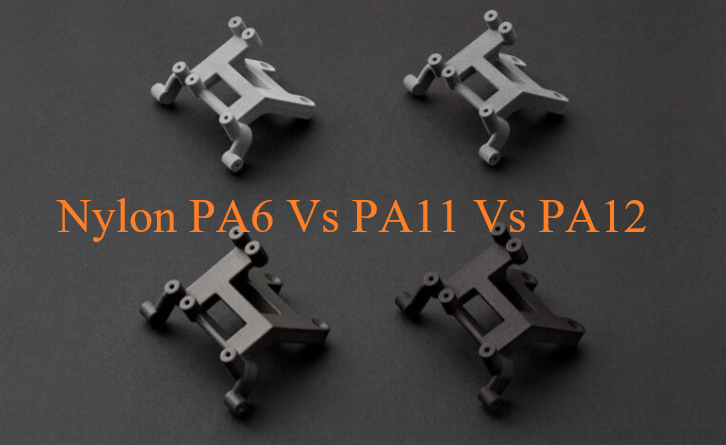
The most common nylon materials in industry and life are PA6 and PA66, which are short chain synthetic materials. The strength, temperature resistance, aesthetics and corrosion resistance of the materials are excellent. The crystallinity of PA6 is not as good as PA66, the melting point is slightly lower, the toughness is slightly stronger, and the processability is slightly better. The difference between the two is not great. Unfortunately, due to the high moisture absorption (1.5% – 2.8%), the 3D printability of these two nylon materials is not very good,
Nylon PA12 is the most common 3D printing material. PA12 is developed to replace most of the functions of PA11, so most of its properties are consistent. It belongs to long-chain nylon (12 or 11 carbon chain), with good mechanical properties and electrical insulation. It is widely used in pipes, shells, complex assembly, connectors and other parts. PA11 is more expensive. PA11 is prepared from castor oil and PA12 is prepared from oil. From the perspective of environmental friendliness, PA11 is undoubtedly more green and sustainable and uses renewable biological resources, but the raw material price of PA11 is more than three times that of PA12. In addition to being more expensive, PA11 has the advantage of better high and low temperature performance. The melting point is 10 degrees higher than PA12, reaching 200 degrees, and the working temperature is slightly higher than that of nylon 12 + glass fiber. At low temperature, the flexibility of PA11 is significantly stronger than that of PA12.
An important difference between PA12 and PA11 and PA6 (6) is moisture absorption. The moisture absorption of PA11 and PA12 is only 0.25%, which is 10 times less than that of PA6 / PA66, making them easier 3D printing materials. SLS and FDM processes are sensitive to moisture absorption and shrinkage. The performance of PA12 and PA11 is between PA6 and PE, and the toughness is better than PA6 (6). In some applications, such as wires, PA6 (6) may be too hard, while PA12 and PA11 are competent. However, PA12 and PA11 have lower melting temperature, lower strength, lower dielectric properties and more expensive price, which is also the main reason why PA12 is not widely used as PA6 in actual industrial production.
Comparison of PA66 Vs PA6:
– The dilution ratio is slightly lower
– Higher modulus
– Better wear resistance
– Better short-term heat resistance
Comparison of PA6 Vs PA66:
– Better ductility (due to higher toughness)
– Better long-term heat resistance
– Better impact resistance at low temperature
– Better surface quality
– Better creep resistance
– Better UV resistance linearity (depending on modification)
– Lower cost
Comparison of PA11 Vs PA12:
– Reasonable UV resistance linearity (compared with other nylon, not only PA 12)
– Higher strength
– Better heat resistance
– More green and environmental protection
– Less renewable resources are consumed in the production process
Comparison of PA12 Vs PA66
– More expensive
– Low impact strength.
– Lower operating temperature
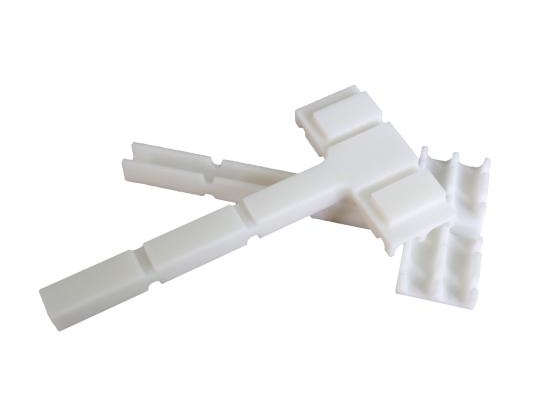 SLS Nylon Vs MJF Nylon For 3D Printing – What’s The Difference Between SLS & MJF Nylon
SLS Nylon Vs MJF Nylon For 3D Printing – What’s The Difference Between SLS & MJF Nylon
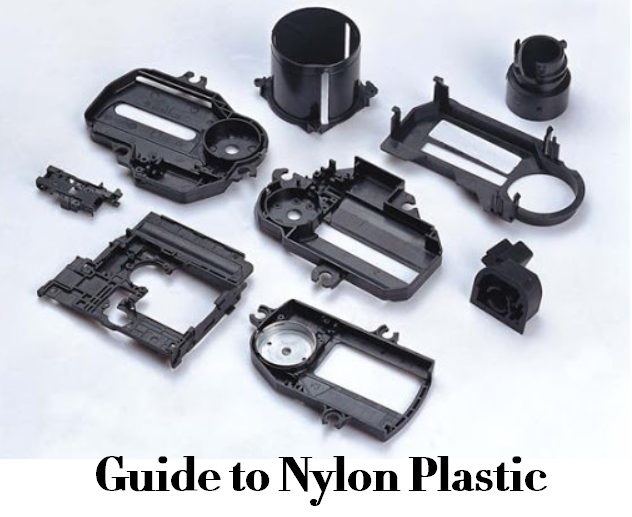 What is Nylon Plastic – Nylon Plastic Properties, Types, Uses, Manufacturing & Nylon vs ABS vs PLA
What is Nylon Plastic – Nylon Plastic Properties, Types, Uses, Manufacturing & Nylon vs ABS vs PLA
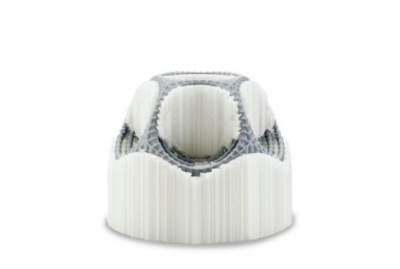 Comparison Guide For 3D Printing Materials – Characteristics, Printing Parameters & More
Comparison Guide For 3D Printing Materials – Characteristics, Printing Parameters & More
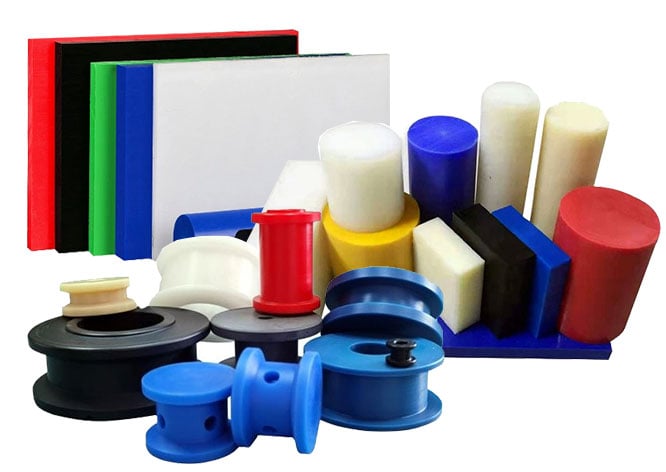 Comparison Between Nylon 6 and Nylon 66 | Difference in Properties, Applications and More | CNCLATHING
Comparison Between Nylon 6 and Nylon 66 | Difference in Properties, Applications and More | CNCLATHING
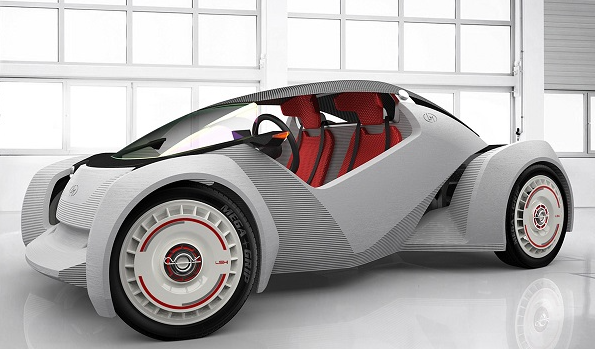 Can 3D Printing Be Applied To The Automotive Industry – Can It Replace Traditional Processes
Can 3D Printing Be Applied To The Automotive Industry – Can It Replace Traditional Processes
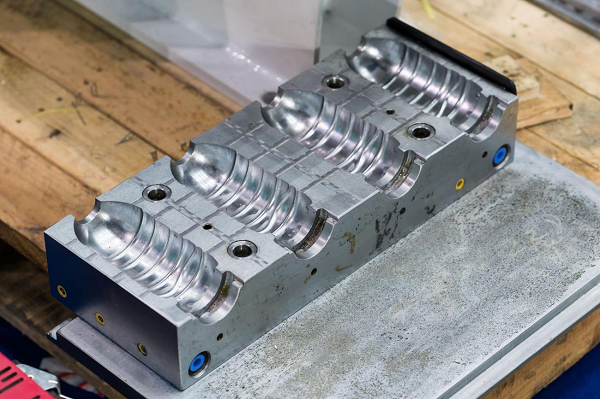 3D Printing Vs Injection Molding – What Is The Difference Between 3D Printing And Injection Molding
3D Printing Vs Injection Molding – What Is The Difference Between 3D Printing And Injection Molding
